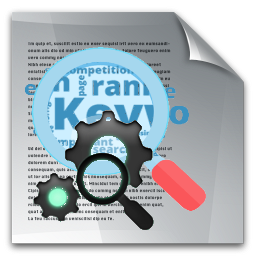| Id | 783 | |
| Author | Guariguata L., Rouwette E.A.J.A., Murphy M.M., Ville A.S., Dunn L.L., Hickey G.M., Jones W., Samuels T.A., Unwin N. | |
| Title | Using group model building to describe the system driving unhealthy eating and identify intervention points: A participatory, stakeholder engagement approach in the Caribbean | |
| Reference | Guariguata L., Rouwette E.A.J.A., Murphy M.M., Ville A.S., Dunn L.L., Hickey G.M., Jones W., Samuels T.A., Unwin N.; Using group model building to describe the system driving unhealthy eating and identify intervention points: A participatory, stakeholder engagement approach in the Caribbean ;Nutrients vol:12.0 issue: 2.0 page: |
|
| Keywords | Agricultural development; Caribbean; Food sovereignty; Group model building; NCDs; Small islands; Systems science; Unhealthy diet |
|
| Link to article | https://www.scopus.com/inward/record.uri?eid=2-s2.0-85079039859&doi=10.3390%2fnu12020384&partnerID=40&md5=44246bb91d71db28e1ca945298f0ffad |
|
| Abstract | Many Small Island Developing States of the Caribbean experience a triple burden of malnutrition with high rates of obesity, undernutrition in children, and iron deficiency anemia in women of reproductive age, driven by an inadequate, unhealthy diet. This study aimed to map the complex dynamic systems driving unhealthy eating and to identify potential points for intervention in three dissimilar countries. Stakeholders from across the food system in Jamaica (n = 16), St. Kitts and Nevis (n = 19), and St. Vincent and the Grenadines (n = 6) engaged with researchers in two group model building (GMB) workshops in 2018. Participants described and mapped the system driving unhealthy eating, identified points of intervention, and created a prioritized list of intervention strategies. Stakeholders were also interviewed before and after the workshops to provide their perspectives on the utility of this approach. Stakeholders described similar underlying systems driving unhealthy eating across the three countries, with a series of dominant feedback loops identified at multiple levels. Participants emphasized the importance of the relative availability and price of unhealthy foods, shifting cultural norms on eating, and aggressive advertising from the food industry as dominant drivers. They saw opportunities for governments to better regulate advertising, disincentivize unhealthy food options, and bolster the local agricultural sector to promote food sovereignty. They also identified the need for better coordinated policy making across multiple sectors at national and regional levels to deliver more integrated approaches to improving nutrition. GMB proved to be an effective tool for engaging a highly diverse group of stakeholders in better collective understanding of a complex problem and potential interventions. © 2020 by the authors. Licensee MDPI, Basel, Switzerland. |
|
| Metodology | Technique |











